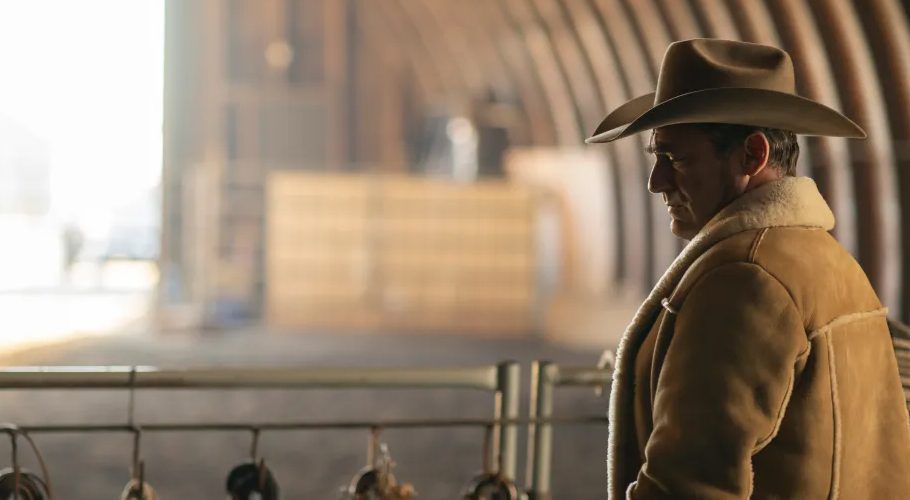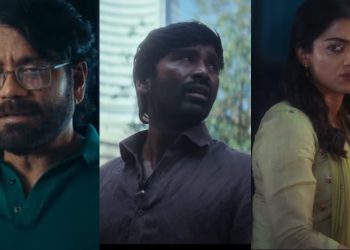The fifth installment of “Fargo” has made it’s much-anticipated debut.
The typical beginning of a “Fargo” season usually unfolds gradually. The renowned opening disclaimer, borrowed from the Coen Brothers’ original masterpiece, hints at impending violence, setting the tone for the series. Across five installments spanning nearly a decade, creator Noah Hawley has maintained this structure, allowing “Fargo” to traverse time, perspectives, and the Greater Midwest. Despite the series’ narrative flexibility, Hawley employs a loose yet distinctive set of elements, identifying each part of the franchise as contributing to a unified whole. The pacing has been a consistent feature, distinguishing it among other aspects.
In contrast, the latest installment of “Fargo” takes a departure from this norm, starting in medias res. Set in suburban Minnesota in 2019, the opening scene unfolds in a chaotic local school board meeting. Unlike the usual retrospective storytelling, the narrative doesn’t rewind to explain how a seemingly routine planning meeting devolved into a brawl involving various individuals, including a mother and a math teacher. This departure signifies an already strained social order on the brink of collapse — a departure from the series’ usual slow burn. The action is immediate, with no need for anticipation.
While the previous season (Season 4, released in 2020) delved into the past to explore race, immigration, and the American national character, Season 5 takes a contemporary turn, being the first to unfold during the Trump administration. The 45th president even makes a cameo through the television set of the main antagonist, Roy Tillman. Tillman, an outlaw sheriff in the style of Joe Arpaio, embodies a heightened, fable-like reality that is characteristic of “Fargo.”
Also read: Why are celebrities getting canceled over pro-Palestine views?
However, the contemporary focus in Season 5 proves to be a double-edged sword. While it may inject urgency into the narrative, it risks disrupting the established “Fargo” atmosphere of shadowy crime syndicates, primordial evil, and pure hearts navigating a harsh world. Season 5 introduces a shift from the epic organized crime theme of Season 4 to a more intimate struggle, following housewife Dot Lyon as she attempts to escape her troubles. Despite this change, Season 5 still explores broad, elemental themes, akin to Season 4’s examination of racial prejudice.

The parallels between Season 5 and its predecessors may lead to a repetition of previous missteps. Although tapping into contemporary culture wars adds urgency, it risks diluting the distinctive “Fargo” essence. Initially, Season 5 captivates without the need for such hooks, featuring a premiere driven by Juno Temple’s compelling portrayal of Dot. The season’s initial episodes are a tense cat-and-mouse game, hinting at a potential role reversal.
As the season progresses, it begins to rely more on archetypes than individual character development. The central duo, Roy and Dot, start to embody controlling man and victim archetypes, potentially undermining the complexity of their characters. The season, which started strong, faces challenges in sustaining tension over an extended duration. The risk of flattening characters and oversimplifying themes emerges as the narrative tries to make a statement about America’s fascination with cowboy conservatism.
In essence, “Fargo” is a testament to creative adaptation within constraints, transforming a 27-year-old movie into a living text. The series excels when it doesn’t overtly argue for its continued relevance, emphasizing the value of creativity over explicit statements.


































